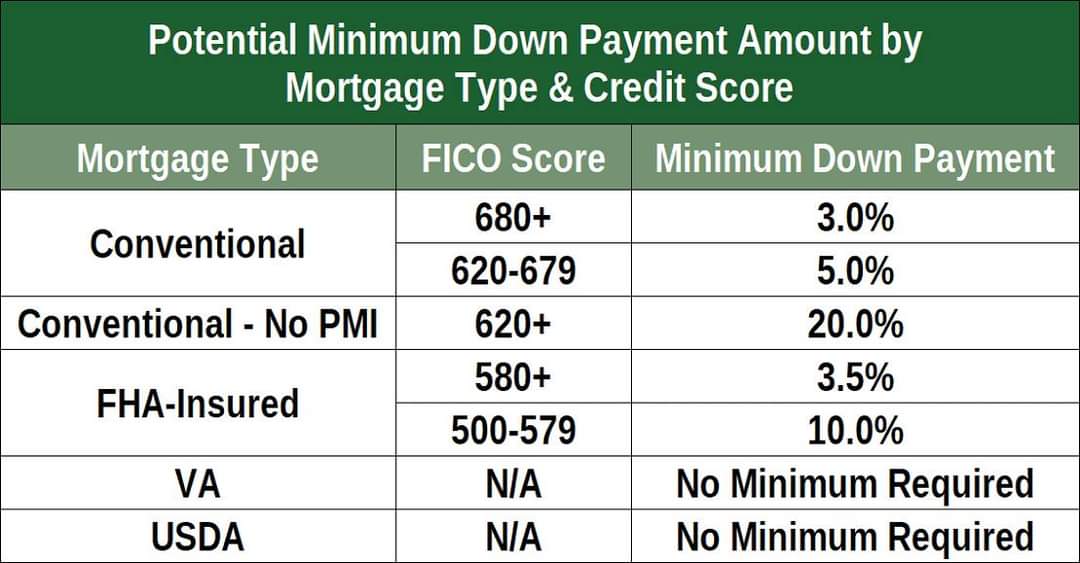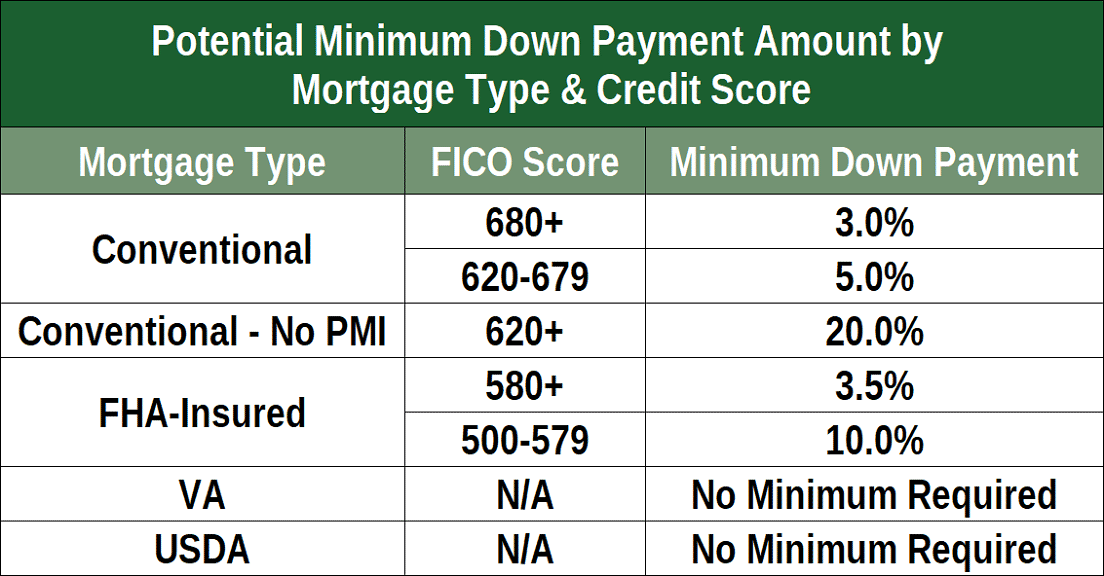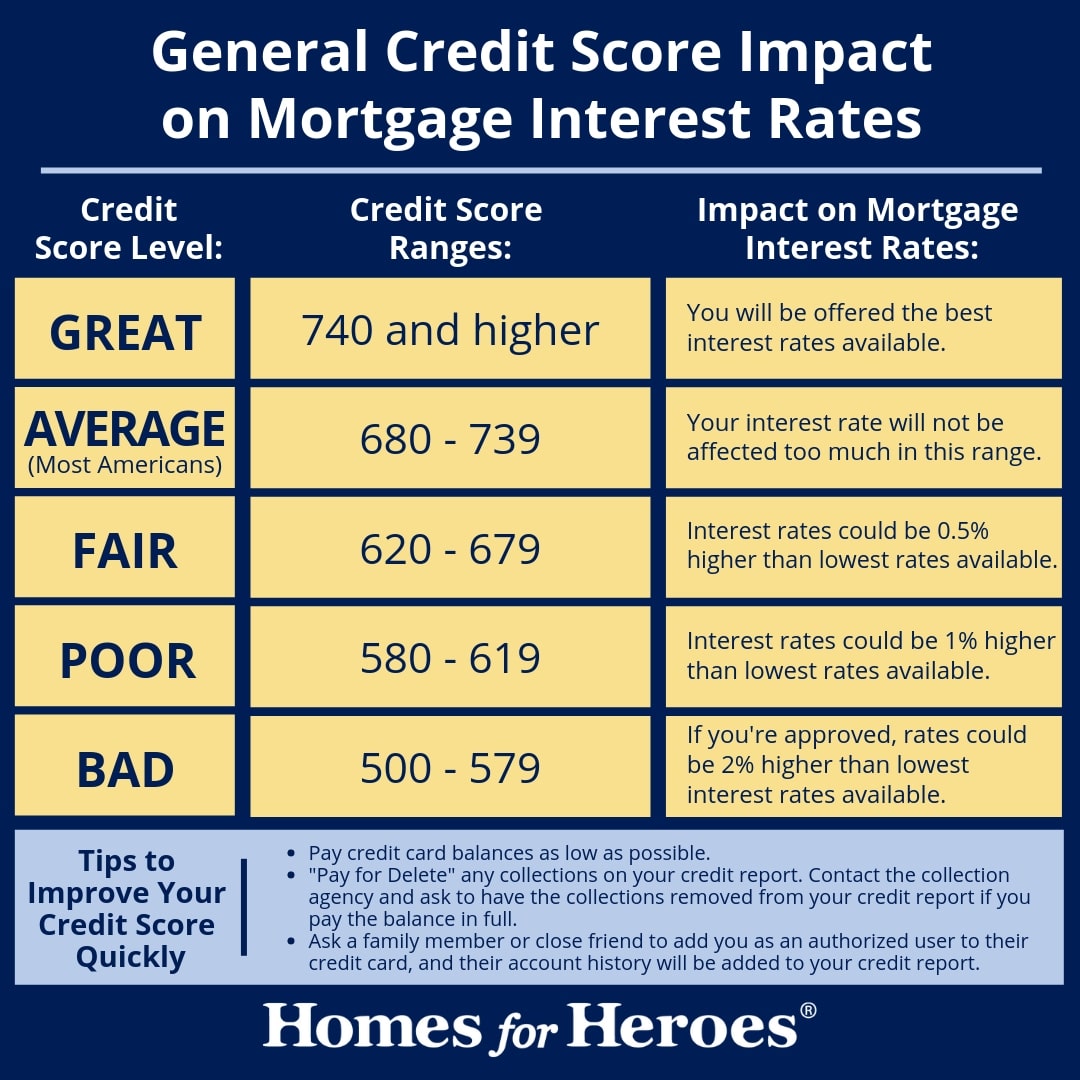How to Raise Your Credit Score Fast for Kentucky Mortgage Loan Approval for FHA, VA, USDA and KHC Mortgage loans.
Fico Score Tips to raise score
There are certain times when it pays to have the highest credit score possible. Maybe you’re about to refinance your mortgage. Or maybe you’re recovering from a bad credit history and you want to get approved for a credit card.
It’s always good to have a healthy score, of course.
But if you’re in a place where you really need to up that score as soon as possible, there are a few under-the-radar ways to speed up the process.
How to Raise Your Credit Score Fast
- Find Out When Your Issuer Reports Payment History
- Pay Down Debt Strategically
- Pay Twice a Month
- Raise Your Credit Limits
- Mix It Up
How long will it take to increase your credit score? It won’t happen instantly, but if you follow the steps in this article your credit score will begin to go up within a couple of months. Let’s get started.
1. Find Out When Your Issuer Reports Payment History
Call your credit card issuer and ask when your balance gets reported to the credit bureaus. That day is often the closing date (or the last day of the billing cycle) on your account. Note that this is different from the “due date” on your statement.
There’s something called a “credit utilization ratio.” It’s the amount of credit you’ve used compared to the amount of credit you have available. You have a ratio for your overall credit card use as well as for each credit card.
It’s best to have a ratio — overall and on individual cards — of less than 30%. But here’s an insider tip: To boost your score more quickly, keep your credit utilization ratio under 10%.
Here’s an example of how the utilization ratio is calculated:
Let’s say you have two credit cards. Card A has a $6,000 credit limit and a $2,500 balance. Card B has a $10,000 limit and you have a $1,000 balance on it.
This is your utilization ratio per card:
Card A = 42% (2,500/6,000 = .416, or 42%), which is too high.
Card B = 10% (1,000/10,000 = .100, or 10%), which is awesome.
This is your overall credit utilization ratio: 22% (3,500/16,000 = 0.218), which is very good.
But here’s the problem: Even if you pay your balance off every month (and you should), if your payment is received after the reporting date, your reported balance could be high — and that negatively impacts your score because your ratio appears inflated.
So pay your bill just before the closing date. That way, your reported balance will be low or even zero. The FICO method will then use the lower balance to calculate your score. This lowers your utilization ratio and boosts your score.
2. Pay Down Debt Strategically
Okay, let’s build on what you just learned about utilization ratios.
In the above example, you have balances on more than one card. Note that Card A has a 42% ratio, which is high, and Card B has a wonderfully low 10% ratio.
Since the FICO score also looks at each card’s ratio, you can bump up your score by paying down the card with the higher balance. In the example above, pay down the balance on Card A to about $1,500 and your new ratio for Card A is 25% (1,500/6,000 = .25). Much better!
3. Pay Twice a Month
Let’s say you’ve had a rough couple of months with your finances. Maybe you needed to rebuild your deck (raising my hand) or get a new fridge. If you put big items on a credit card to get the rewards, it can temporarily throw your utilization ratio (and your credit score) out of whack.
You know that call you made to get the closing date? Make a payment two weeks before the closing date and then make another payment just before the closing date. This, of course, assumes you have the money to pay off your big expense by the end of the month.
Take care not to use a credit card for a big bill if you plan to carry a balance. The compound interest will create an ugly pile of debt pretty quickly. Credit cards should never be used for long-term loans unless you have a card with a zero percent introductory APR on purchases. Even then, you have to be mindful of the balance on the card and make sure you can pay the bill off before the intro period ends.
4. Raise Your Credit Limits
If you tend to have problems with overspending, don’t try this.
The goal is to raise your credit limit on one or more cards so that your utilization ratio goes down. But again, this only works out in your favor if you don’t feel compelled to use the newly available credit.
I also don’t recommend trying this if you have missed payments with the issuer or have a downward-trending score. The issuer could see your request for a credit limit increase as a sign that you’re about to have a financial crisis and need the extra credit. I’ve actually seen this result in a decrease in credit limits. So be sure your situation looks stable before you ask for an increase.
That said, as long as you’ve been a great customer and your score is reasonably healthy, this is a good strategy to try.
All you have to do is call your credit card company and ask for an increase to your credit limit. Have an amount in mind before you call. Make that amount a little higher than what you want in case they feel the need to negotiate.
Remember the example in #1? Card A has a $6,000 limit and you have a $2,500 balance on it. That’s a 42% utilization ratio (2,500/6,000 = .416, or 42%).
If your limit goes up to $8,500, then your new ratio is a more pleasing 29% (2,500/8,500 = .294, or 29%). The higher the limit, the lower your ratio will be and this helps your score.
5. Mix It Up
A few years back, I realized I didn’t have much of a mix of credit. I have credit cards with low utilization ratios and a mortgage, but I hadn’t paid off an installment loan for a couple of decades.
I wanted to raise my score a nudge, so I decided to get a car loan at a very low rate. I spent a year paying it off just to get a mix in my credit. At first, my score went down a little, but after about six months, my score started increasing. Your credit mix is only 10% of your FICO score, but sometimes that little bit can bump you up from good credit to excellent credit.

I wasn’t planning on applying for credit within the next six months, so my approach was fine. But if you’re refinancing your mortgage (or planning something else really big) and you want a quick boost, don’t use this strategy. This is a good one for a long-term approach.
Bottom Line
When you want to boost your credit score, there are two basic rules you have to follow:
First, keep your credit card balances low.
Second, pay your bills on time (and in full). Do these two things and then toss in one or more of the sneaky ways above to give your score a kickstart.
And remember — you do not have to carry a balance to build a good score. If you do that, you’re on a slippery slope to debt.
Mortgage Loan Officer
email: kentuckyloan@gmail.com











